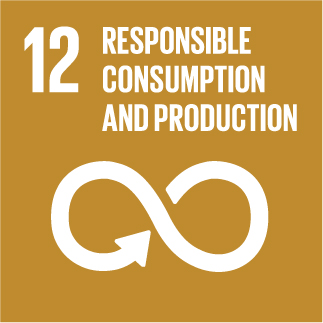Integrated manufacturing of REciclable multi-material COmposites for the TRANSport sector
A Bioinspired Piezoelectric Stress Buffer Layer for SiOx?Based Electrodes Toward High?Energy Lithium Batteries
Inspired by Breviceps adspersus epidermis in nature, a novel piezoelectric stress buffer layer is introduced to address challenges faced by SiOx electrodes. This innovative design significantly mitigates excessive volume expansion and stabilizes solid electrolyte interface of SiOx electrodes, yielding remarkable improvements in battery cycling and rate performance. These advances open pathways for achieving high?energy lithium battery applications.High?specific?capacity silicon suboxide (SiOx, 0 < x < 2) anodes have long faced the problems of huge volume expansion, fast capacity decay and unsatisfied rate performance. To overcome these bottlenecks, the volume expansion resistance and electrogenic Na+ transport functions of common rain frog (Breviceps adspersus) epidermis are introduced into the design philosophy of stress buffers for SiOx electrodes. Thereupon, a mechanically robust, piezoelectric (MP) stress buffer layer comprised of ferroelectric tetragonal BaTiO3 nanoparticles and a novel homopolymer (PCM) binder of cyanoethyl carbamate?containing methacrylate is developed. It is demonstrated that MP stress buffer layer with superior mechanical properties effectively inhibits excessive volume expansion and stabilizes the solid electrolyte interface along with much suppressed electrolyte decomposition. Meanwhile, MP stress buffer layer helps expedite the dealloying reaction kinetics of SiOx electrodes in half?cells, mainly owing to the generation of a stress?induced built?in electric field within MP stress buffer layer, conducive to improving battery rate performance. As a result, unprecedented cycling and rate performance can be realized in coin and home?made soft package cells with SiOx and SiOx/graphite composite electrodes. Such a design philosophy of stress buffer layers marks an important milestone in developing high?energy lithium batteries with SiOx?based anodes.

» Publication Date: 21/07/2025

This project has received funding from the European Union's Horizon 2020 research and innovation programme under grant agreement Nº 768737


